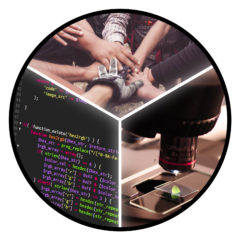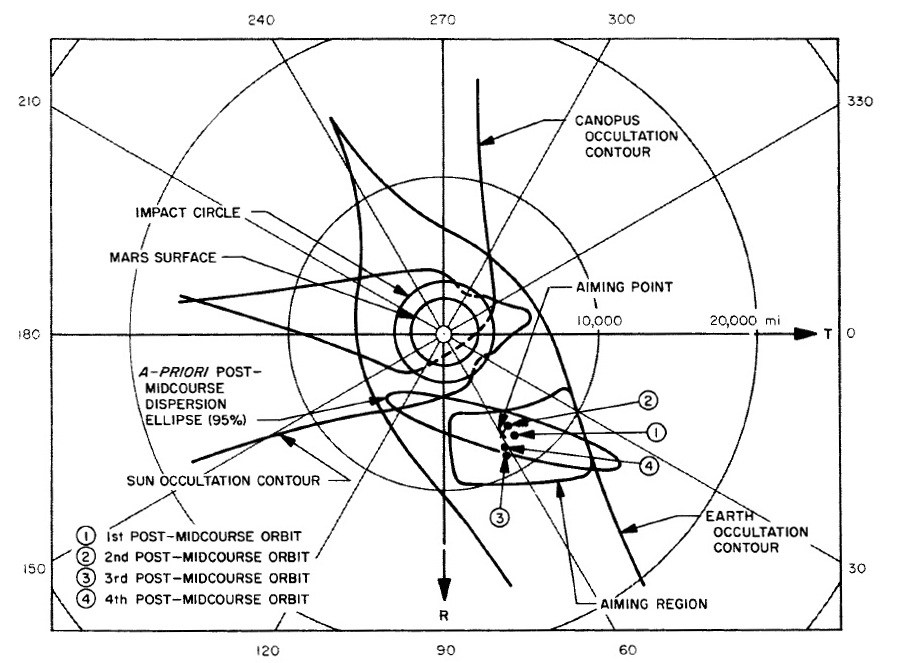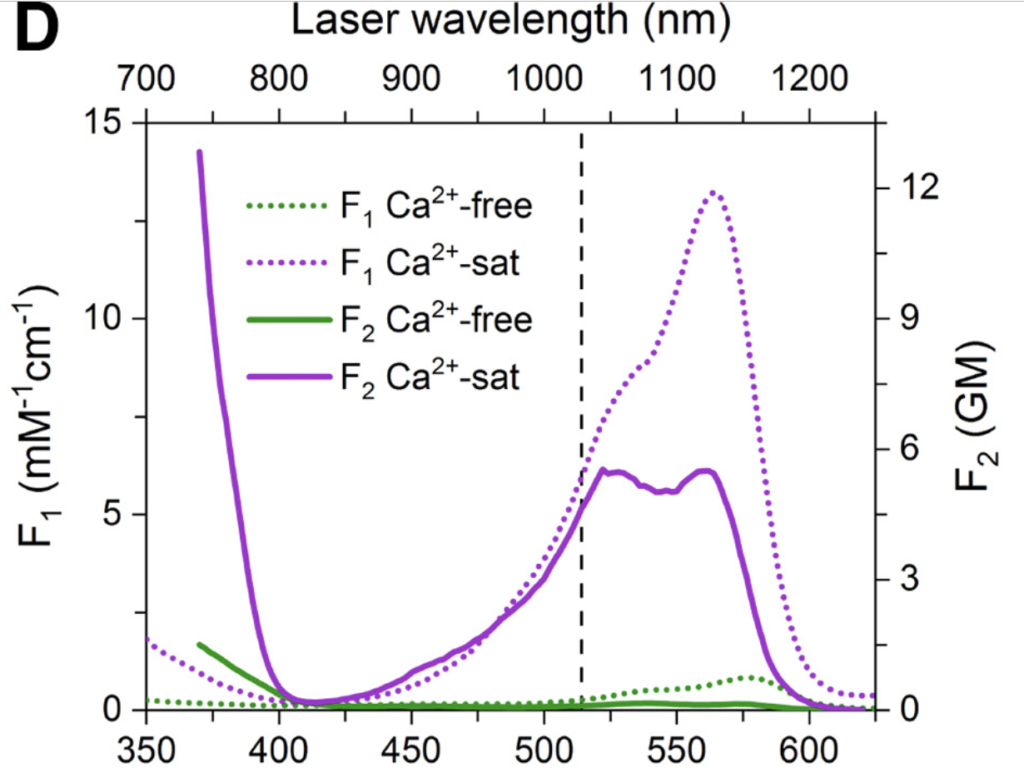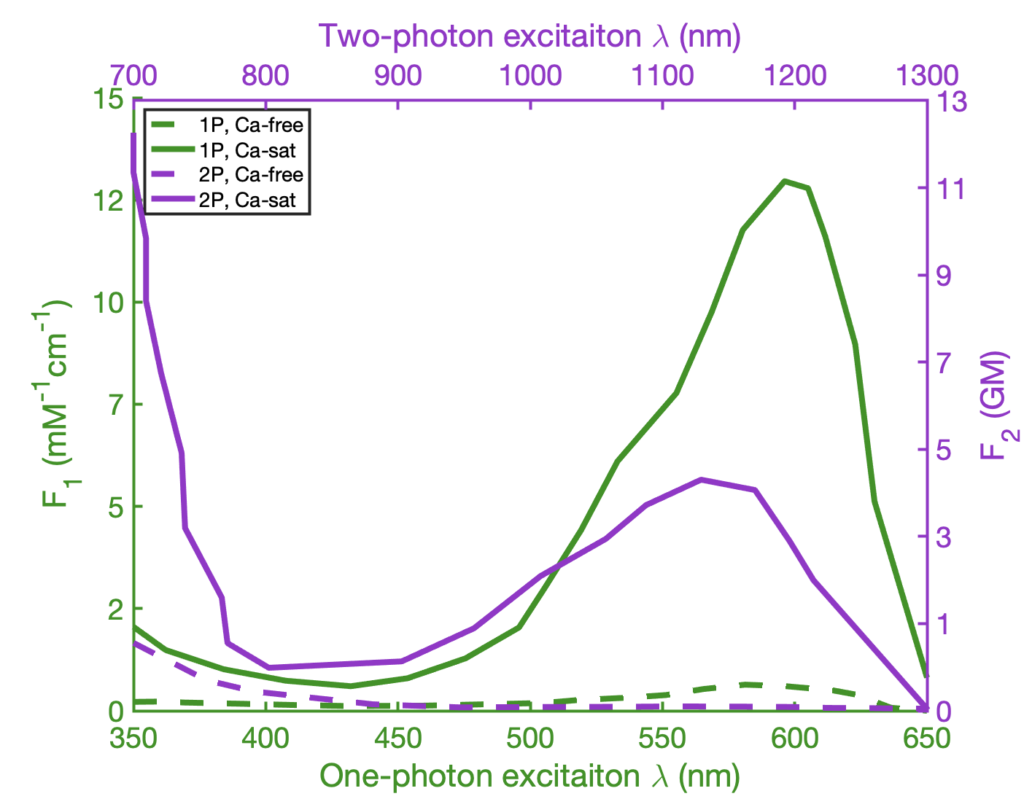Current US regulations of workplace benefits, accommodations, and options are terrible. This stems from a long past of aggressive capitalism fueled by communism/socialism fear-mongering. One example is at-will employment laws that disproportionally shift power from workers to companies.
Other regulations and practices are accepted historically. For example, open plan office spaces that have been proven to be terrible for productivity specially in creative work. Some of these decisions are driven by attempt to save money, others by ignorance and lack of empathy.
Fortunately, many companies come to realize that there are things that make workers happier, more productive, and efficient, while perhaps costing a little bit of money to the company. Basecamp offers exceptional benefits which not only save money to the employees ($100/month fitness allowance, $1000/year continuing education allowance, paid 16-week parental leave) but communicate:
We respect you and want you to be happy and life is hard enough
That is reflected by the 4-day work week during summer and the 1-month sabbatical every 3 years. Basecamp, arguably, makes a lot of money and as a private company capable of making these decisions. Other organizations might not have enough fiscal or political capital to advocate for better benefits or work conditions, being forced to follow “corporate regulations” or “it always been like that”.
That will not stop us from asking for, and in some circumstances, demand more respect and more responsibility from organization where we work. Here is a list of facilities that we think are necessary and should be provided to all researchers, students working in labs, and staff in any institution:
- Organizational credit card to pay for work-related expenses or at least streamlined and clear reimbursement process (<1 week); free poster printing service
- No departmental restriction on credits use (biology PhD student can take math or music classes)
- Professional office space: private offices that sit 1-4 people, with door, and possibly windows
- Accommodations for parents with small children in every research building: baby-changing facility on par with best current law, lactation rooms, child-friendly offices / library spaces
- Accommodations for parents, including parental leaves and day care subsidy without conditions
- 21st century level of technical infrastructure: free unlimited cloud storage, central data storage within university, fast (1Gbps) wireless networking in every building, fast (>10Gbps) wired networks in most research spaces
- Free and encouraged project management training for students, postdocs, and faculty
- Open and clear process for peer-review of teaching and mentoring of faculty, especially for tenured professors, not only early-career faculty
- No restrictions on collective bargaining for students, research assistants, staff, and faculty
- Tuition benefits for faculty, staff (including outsourced long-term employees) and family members (for example see USC, Caltech, Stanford)
- Modern bathroom amenities that include free sanitary pads/tampons/disks in all bathrooms, gum, vending machines or baskets with personal hygiene items, including condoms, toothpaste, tooth brushes, deodorants
- Better campus security that includes incident reporting, transparent action plans, and modern ways to control physical access.
Some of these items have been requested and received at my previous institution, others not yet successfully implemented. There is always room for improvement, and we should start with a list of necessary improvements to the workplace and then collaborate with institutions to increase happiness and productivity in academic environment.









